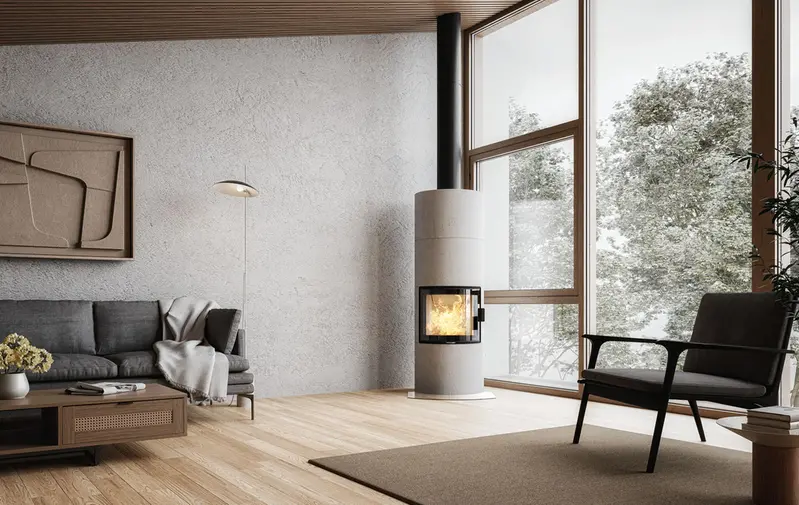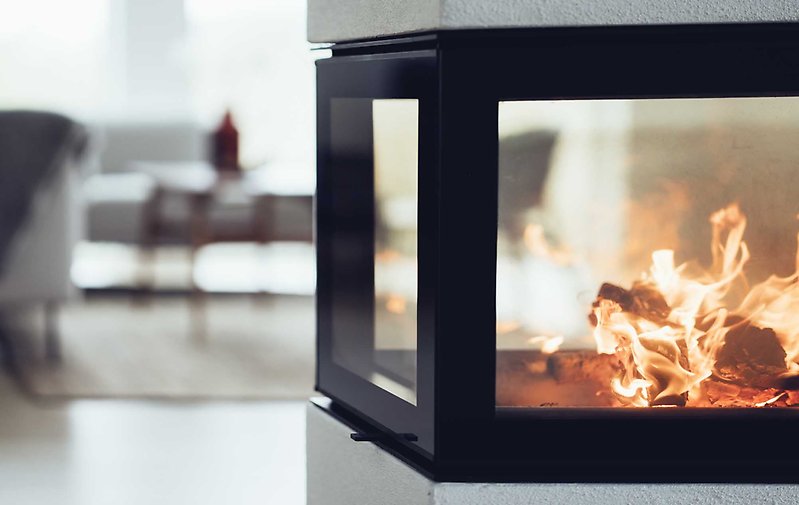What does it mean for a fireplace to be "clean-burning"?
A clean-burning fireplace or stove has a dual combustion system that converts gases and particles into heat.
Wood burning has become an environmentally friendly way to heat homes thanks to modern technology.
Fireplaces from Nordpeis feature secondary combustion and are clean-burning. Secondary combustion occurs in two stages: first, the wood burns, and then the smoke gases ignite due to preheated air. This results in minimal emissions of soot particles and unburned gases (such as CO), making the fireplace better for the environment. Clean-burning fireplaces require less wood to achieve efficient heating, up to 50% less than traditional stoves and fireplaces. This means you save both money and the environment.
The advantages of using a clean-burning fireplace include the conversion of 90% of gases and particles into heat. This results in minimal smoke emissions, which is beneficial for the environment. Reduced smoke also significantly lowers the risk of chimney fires.
By the way, did you know that wood is considered a renewable resource?
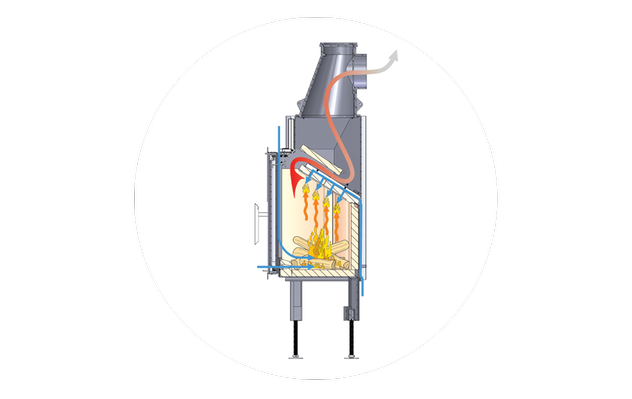
Facts
A clean-burning fireplace has a dual combustion system that converts gases and particles in the smoke into heat.
The technology makes it environmentally friendly to use a fireplace and stove.
This is how clean burning works:
- The ignition valve is pulled out to provide extra combustion air and is closed once the wood is burning well
- The combustion chamber now receives a supply of secondary air at the rear of the combustion chamber. This air supply is not adjustable and functions like an "oxygen shield" that is directed over the unburned gases, igniting them
- The combustion air quantity is adjusted using the firing valve. This air is supplied over the glass door, simultaneously preventing the formation of soot on the glass (glass air wash)
- The smoke exiting through the chimney is minimal, resulting in what we call "clean combustion"
The fire should burn with lively flames, which can be adjusted using the firing valve. To achieve optimal combustion, the temperature should reach 600 - 800°C. It's best to burn a small amount of wood regularly. This significantly increases the temperature and utilization of the wood while minimizing pollution.
How to environmentally friendly fire:
- Burn only with clean and dry firewood.
- To achieve optimal combustion, the temperature needs to reach 600-800°C. I
- t's best to burn regularly with a small amount of firewood.
The smoke coming out of the chimney indicates whether you are firing correctly. Firing in modern fireplaces is not the same as in old hearths and stoves. Unlike the old method of lighting from the bottom, newer fireplaces are designed to be lit from the top. If too many logs are placed on a bed of embers, the supplied air might not be sufficient to reach the necessary temperature, causing gases to escape unburned through the chimney.

Am I Firing Correctly?
The smoke coming out of the chimney indicates whether you are firing correctly. Firing in modern fireplaces is not the same as in old hearths and stoves. Unlike the old method of lighting from the bottom, newer fireplaces are designed to be lit from the top.
- Yellow-white or black smoke indicates incomplete combustion
- Almost invisible smoke - you are using your fireplace correctly
- It's normal to have a bit of gray-white smoke for a few minutes after adding wood. This is the moisture in the wood being released as steam

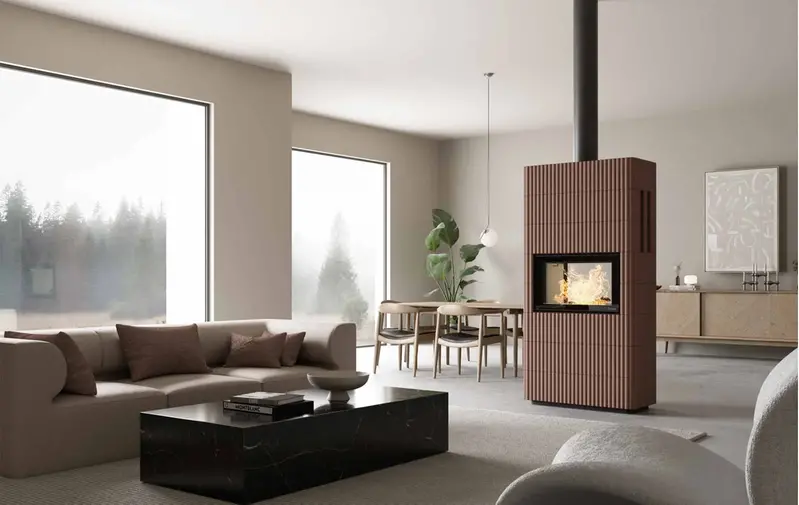
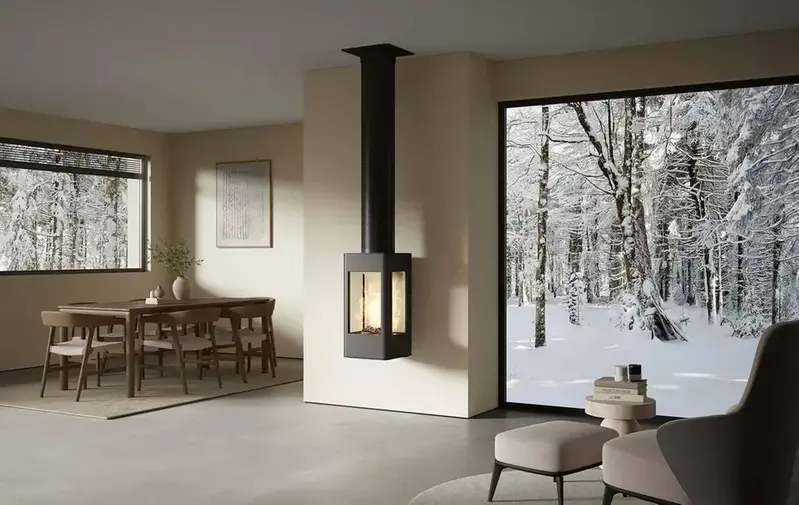%20YoU-Ceiling_web.webp)
